ENGLISH ANATOMY UNIT 1 TERMINOLOGY
Terminologies.
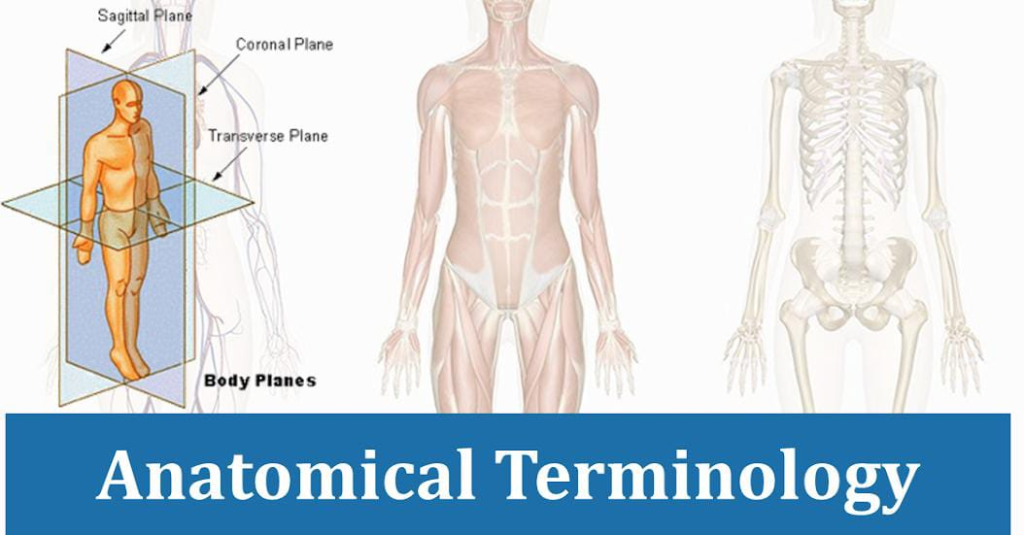
Introduction of anatomical terms

Anatomy…
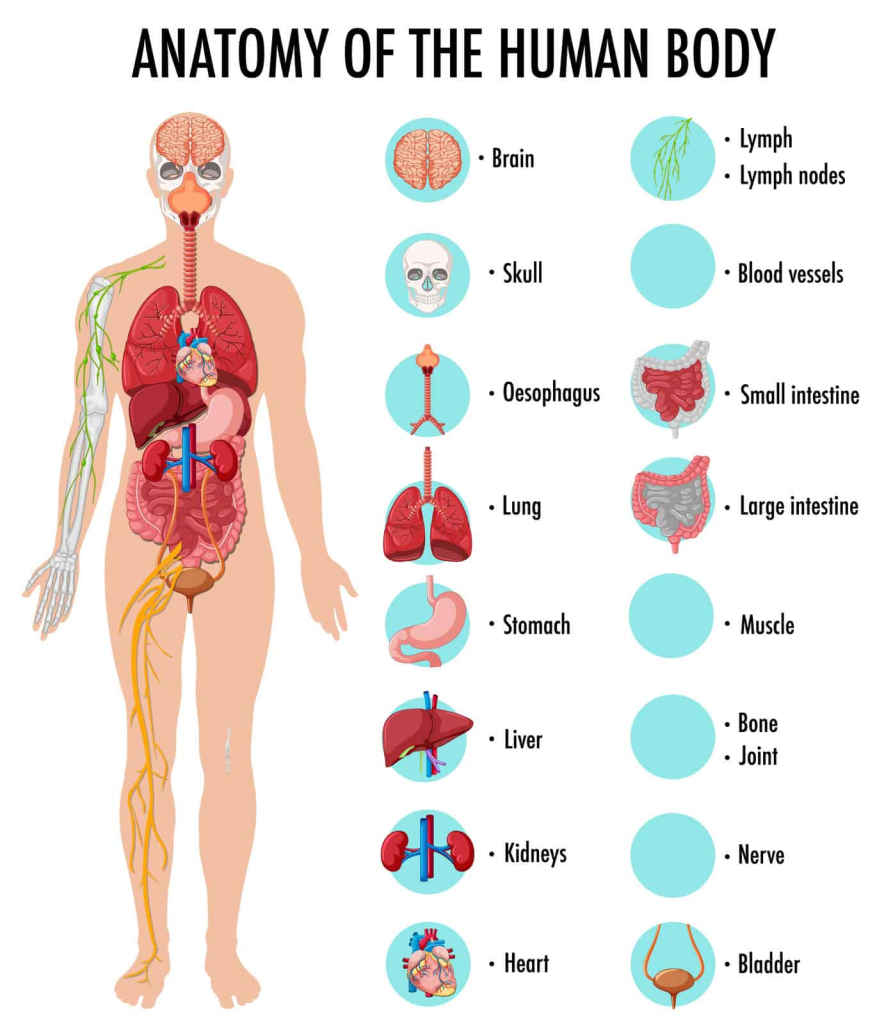
Anatomy is the study of the structure of the organs in the body and its scientific study is called anatomy.
Anatomy includes the complete study of the structure of any organ in the body, the location of its surrounding organs.
Anatomy is the scientific study of the structure of human body organs.
Physiology…

Physiology is such a branch of science. Which includes the study of the functions of any system organ, its activity and its functional mechanism.
The scientific study of organ functions is called physiology.
Pathology ..

The study of abnormal function of human body organs is called pathology. Which shows any abnormal condition in the body.
Various Anatomical terminology..

During the study of human anatomy and physiology some scientific terminology is used for structure and function for easy understanding. So that any structure or function can be understood effectively. All this terminology is as follows.
Cell..

The smallest structural and functional unit of the body is called a cell.
There are many different types of cells in the body. It is the smallest functional unit in the body.
Tissue..

A tissue means cells of the same type come together and form a tissue. These tissues perform specific functions. There are many types of tissues in the body.
organ..

More than one tissue joins together and forms an organ.
System..

Many organs work together to form a particular system and many systems are functioning in the body.
The human body is multi-cellular and complex.
pH..

The concentration of hydrogen ions is called pH. The hydrogen ion concentration capacity of many liquids in this body is called its pH. pH is acidic, alkaline and neutral.

0 to 7 pH is called acidic pH.
A pH of 7 to 14 is called an alkali (basic) pH.
A pH of 7 is the neutral pH.
Each fluid in the body has a specific pH viz..
Urine pH 4.5 to 8.0
Blood pH 7.35 to 7.45
Bile has a pH of 6 to 8.5.

Intracellular..

The term intracellular is used for the structure inside the cell wall of a cell.
Extracellular.
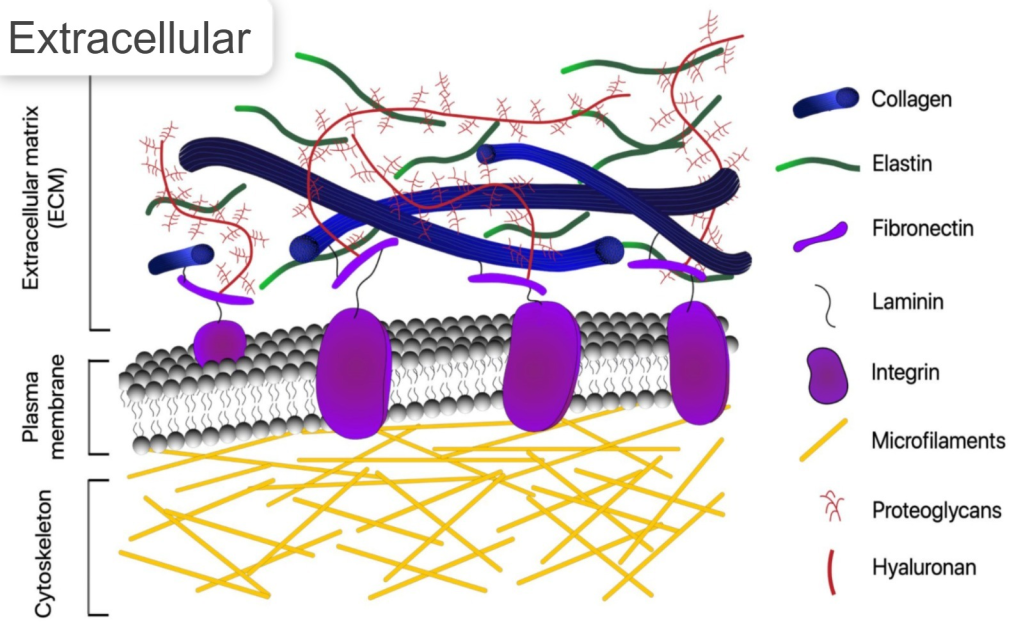
The term extracellular is used to describe the structure outside the cell wall of a cell.
Cytology.
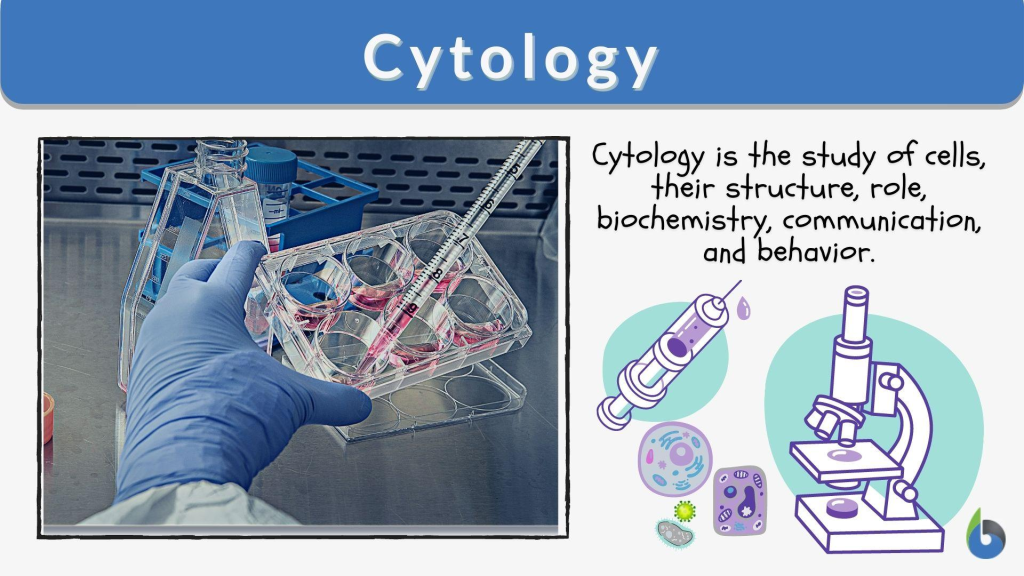
Cytology means the scientific study of cells.
Histology..

The scientific study of certain cell mass ie part of tissue is called histology.
Abnormal study of this tissue is called histopathology.
Osteology:

Osteology means the scientific study of bones in the body.
Myology:

Myology is the scientific study of muscles.
Arthrology:

Arthrology is the scientific study of joints Which is made up of two bones.
Neurology :

Neurology means the scientific study of nerves and neurons.
Nephrology :

Nephrology is the scientific study of the structure and function of the kidney
Gastrology:

Gastrology is the study of the structure and function of the organs of the digestive tract.
Gastroenterology:
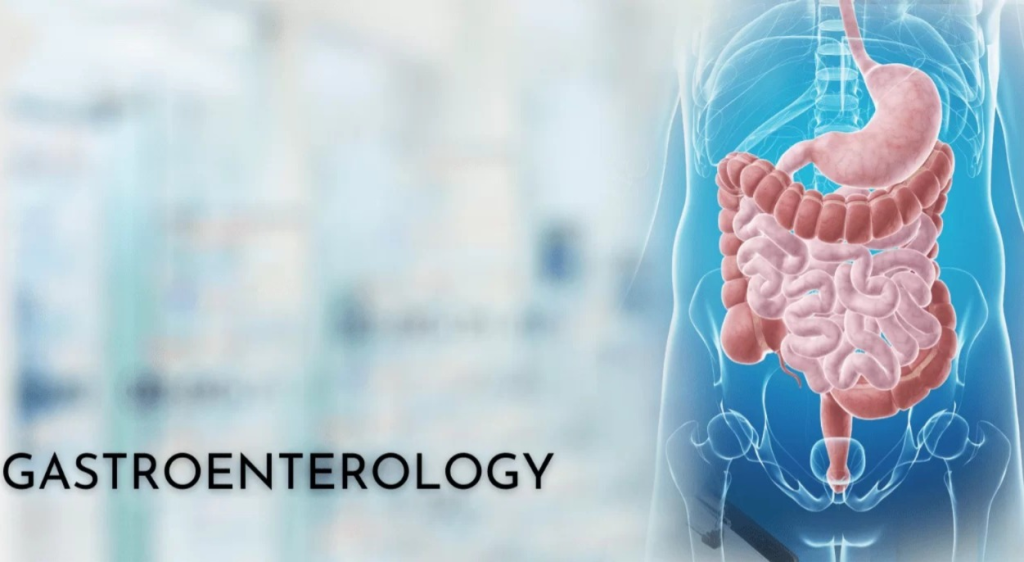
Cardiology means the scientific study of the function and structure of the heart.
Cardiology:

Terminology related to various anatomical position of the body…

During the scientific study of the human body, specific terminology is used to describe each part. For the use of this terminology the following anatomical positions are considered normal anatomical positions.
Normal anatomical position
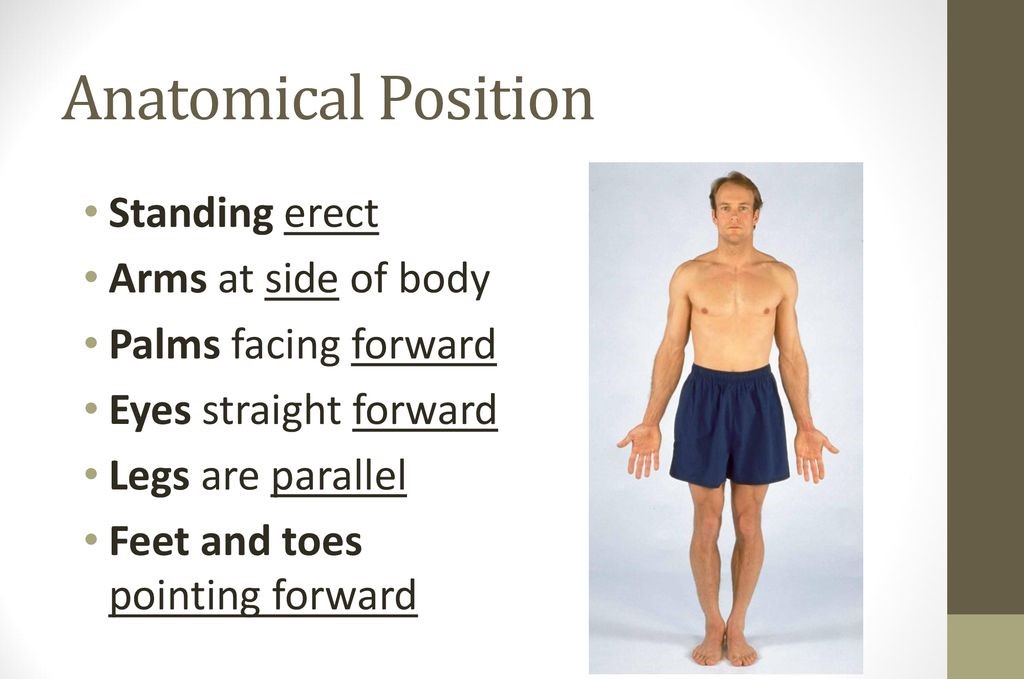
In which the human body is kept in an upright position. His head is facing forward and eyes are facing forward both arms are straight and palms are kept in forward direction both legs are straight and in forward direction. This position is called the normal anatomical position.
Symmetric and Asymmetric.

If the same structures and organs are arranged on both sides of the body, it is called symmetrical arrangement. If the body part fails to be arranged in the same size and shape on both sides, then it is called asymmetrical.
Midline

The line dividing the two equal left and right sides of the human body is called the midline.

Anterior and Posterior

The term anterior is used to describe the front body part of a person standing in a normal anatomical position. While posterior terminology is used to describe the posterior body part.
Superior and Inferior..

Superior terminology is used to describe the upper part of any body part or organ and inferior terminology is used to describe its lower part.

Medial and lateral..

Medial terminology is used to describe the midline or part of the body towards the midline while lateral terminology is used to describe the part of the periphery away from the midline.
Internal and External..
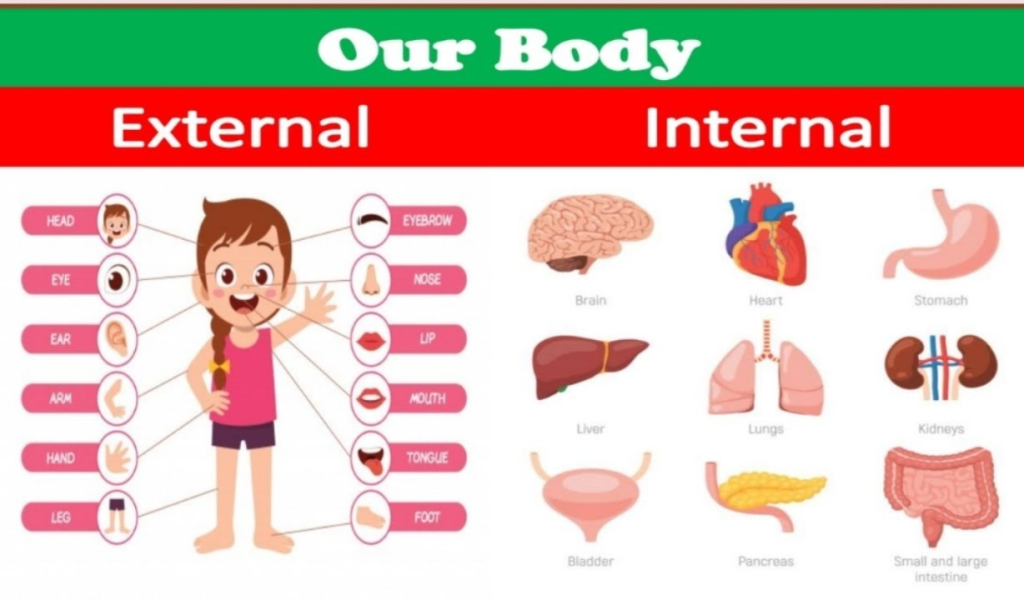
Internal terminology is used for the description of the inner part of the body i.e. for the description of the Cavity or for the description of the internal structure and external terminology is used for the description of the superficial outside.

Homeostasis…

The term Homeostasis is used for the stability of the internal environment of the human body. In which every physiological function of the human body is within its normal range and limit. Homeostasis means the state of equilibrium of the body.
During any disease or pathological condition, this internal homeostasis mechanism is disrupted and the body becomes unbalanced.
In order to maintain the internal homeostasis of the body, mainly the nervous system, endocrine system, as well as some other important organs in the body play a very important role.
JOINT:

Two bones in the body join to form a joint. The following different movements are seen in this joint. is.
The following terminology is used for it. This terminology can be used to describe different movements and actions.
Types of movements at various joints:
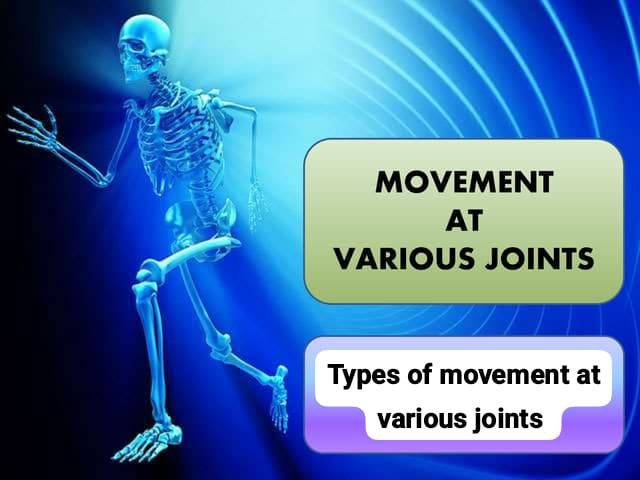
1) Flexion:
Reducing the angles between the circulating bones or decreasing the angle between two bones in flexion.
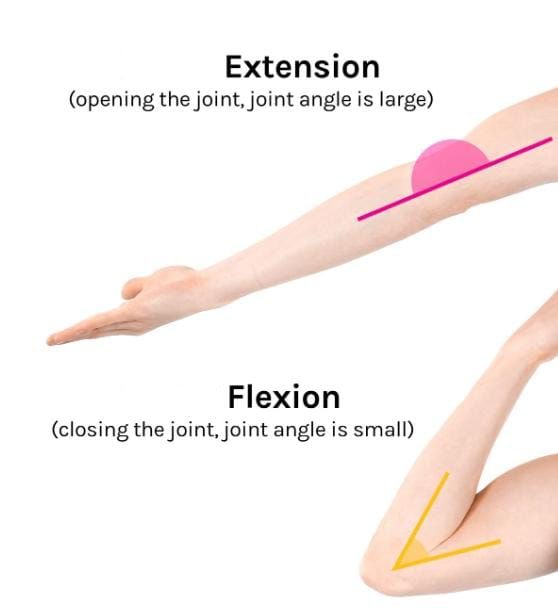
- Bending the head towards the chest.
- Movement of the palm towards the inside of the forearm.
- Making a fist.
- Bending the toes downwards.
2) Extension:
To straighten the joints. Increase the angles between circulating bones. Which is to restore a part of the body to an anatomical position after flexion or increase the angle between bones in extension.
- Provide an erect (straight) position for the head.
- Straighten the toes.
3) Hyperextension:
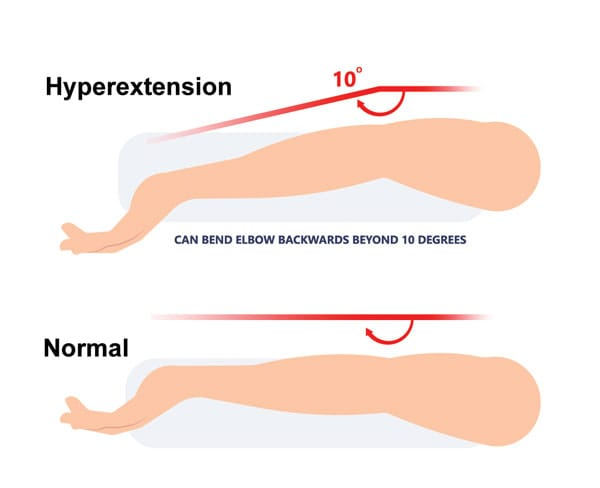
The normal movement of a part of a joint, extension or extension beyond the anatomical position of the condition is called hyperextension.When a joint of the body is extended beyond its normal range, it is called hyperextension.
4) Abduction:
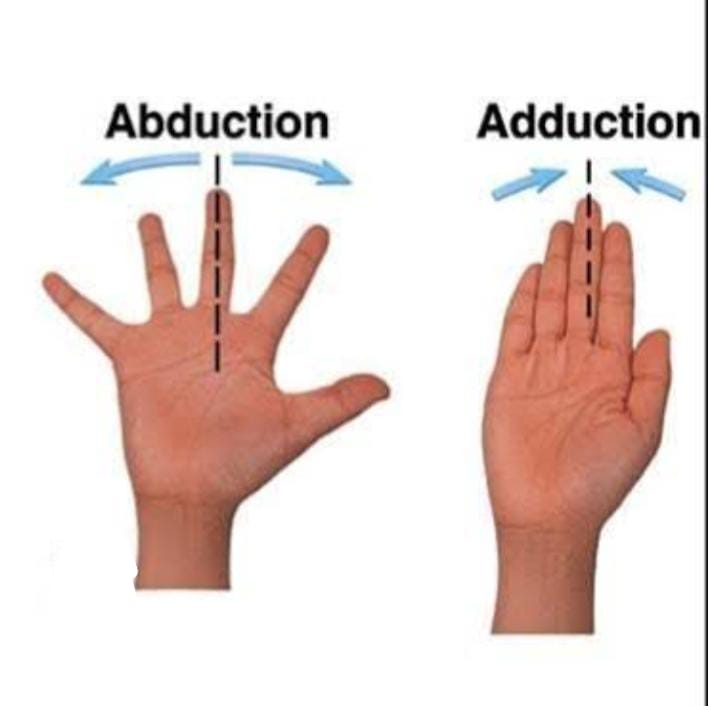
In abduction, the joint or extremities are moved away from the midline.
- The palm is moved laterally (from the side) in the palm joint )Move.
- Move the femur laterally in the hip joint.
5) Adduction:
In adduction, the joint or extremities are moved towards the midline.
- Fingers together to bring.
6) Circumduction:
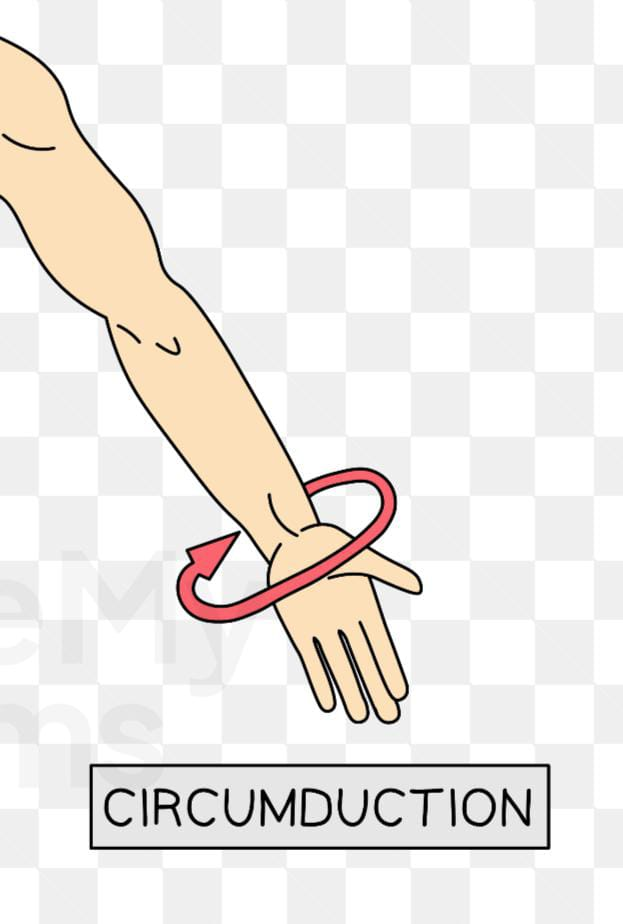
To move a part of the body inwards in a widening circle. It occurs as a result of a continuous sequence of flexion, abduction, extension, and adduction. Eg.
- Moving the humerus in a circle of the solder joint.
7) Rotation:
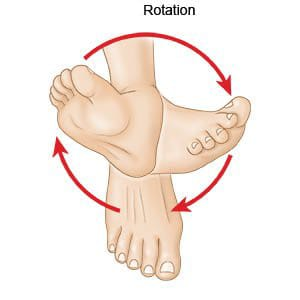
In rotation, the bone rotates around its longitudinal axis.
- Rotating the head from side to side
Two types:
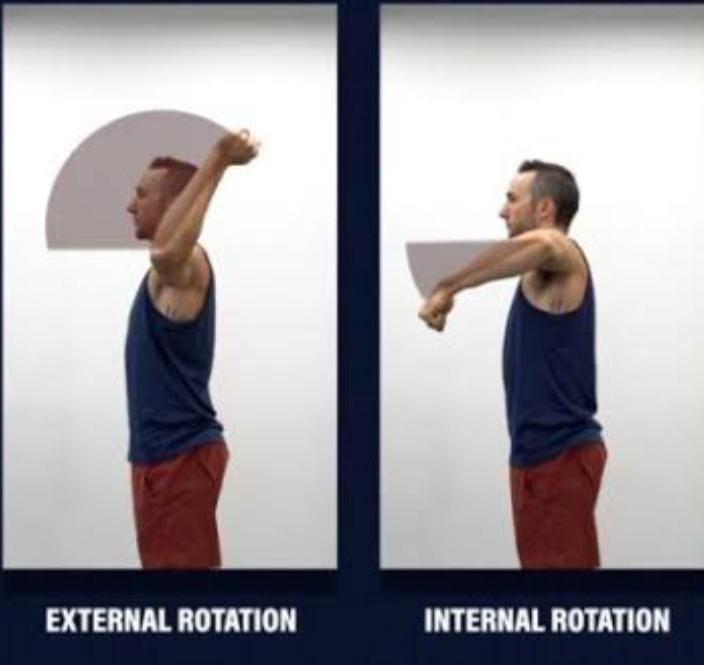
I) Internal rotation:
Internal rotation involves turning the joint or extremities of the axis towards the midline of the body.
- Turning the foot or leg towards the other leg.
II) External rotation:
External rotation involves turning the joint or extremities of the axis towards the midline of the body. Joints or extremities are moved away from the midline of their body.
- Removing the foot and leg from the other leg.
8) Supination:
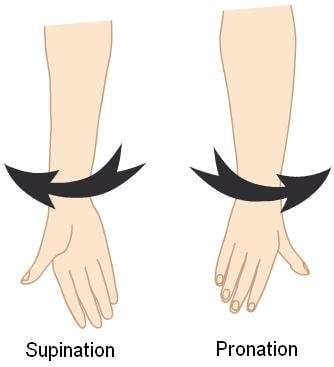
In it, the body parts are turned upward.
9) Pronation:
In it, the body parts are turned downward. towards) is turned.
10) Inversion:
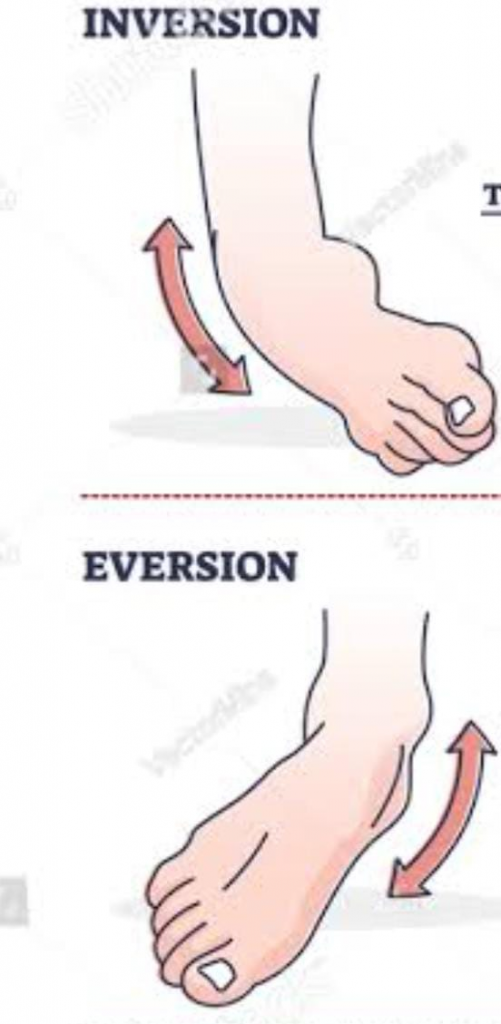
Turn the foot inward, so that the toes point towards the midline.
11) Eversion:
Turn the foot outward so that the toes point away from the midline or move the sole laterally at the intertarsal joint so that the soles are away from each other.
12) Dorsi Flexion:
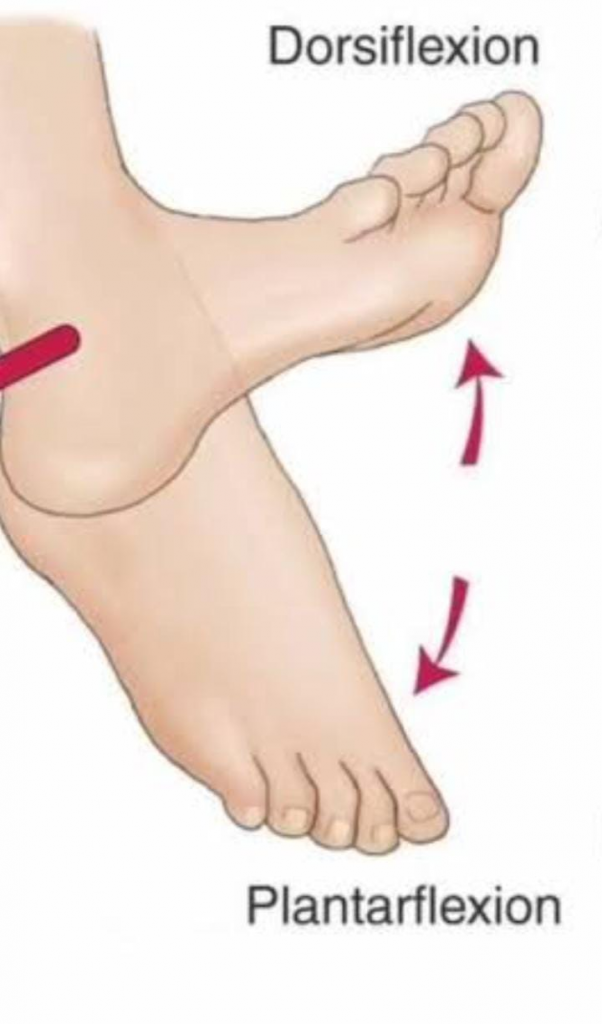
Bending of the foot in the direction of the dorsum (upper surface) at the ankle. E.g. standing on the heels.
13) Palmer Flexion:
Bending of the foot at the ankle joint in the direction of the plantar (inferior surface) E.g. standing on tiptoe.
14) Opposition:
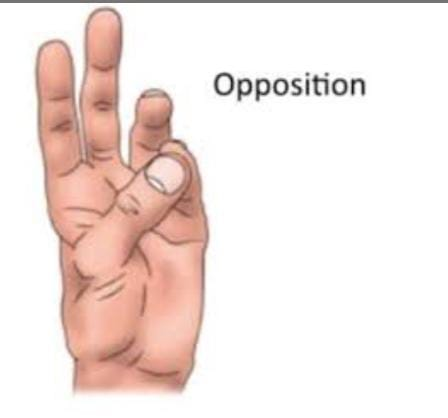
Apposition is the movement of the thumb across the palm to touch the finger tips of the same hand.
15) Lateral flexion:
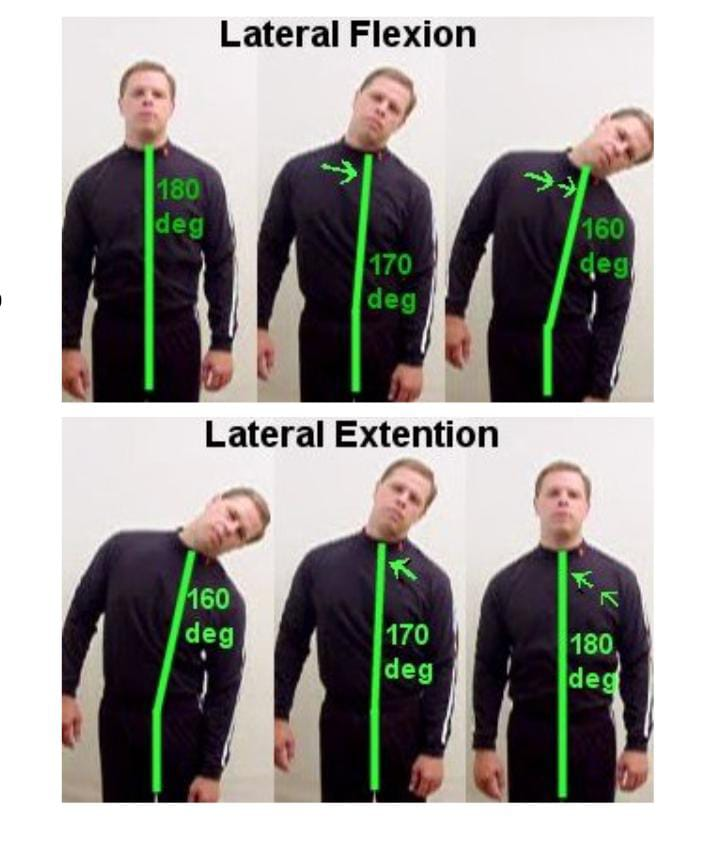
Lateral flexion occurs in the frontal plane. Movement of the trunk occurs in the frontal plane. It involves the intervertebral joints, e.g. Tilt the head as far as possible towards each solder.
Organization of the human body:

The human body is multicellular and complex. In it, the basic smallest working unit is the cell. These cells join and form tissue. Tissue joins to form an organ. Such different organs come together and form a system. Many such systems are functioning in the body. All these systems are more or less interconnected and the internal homeostasis of the body is maintained.
The body has the following systems:
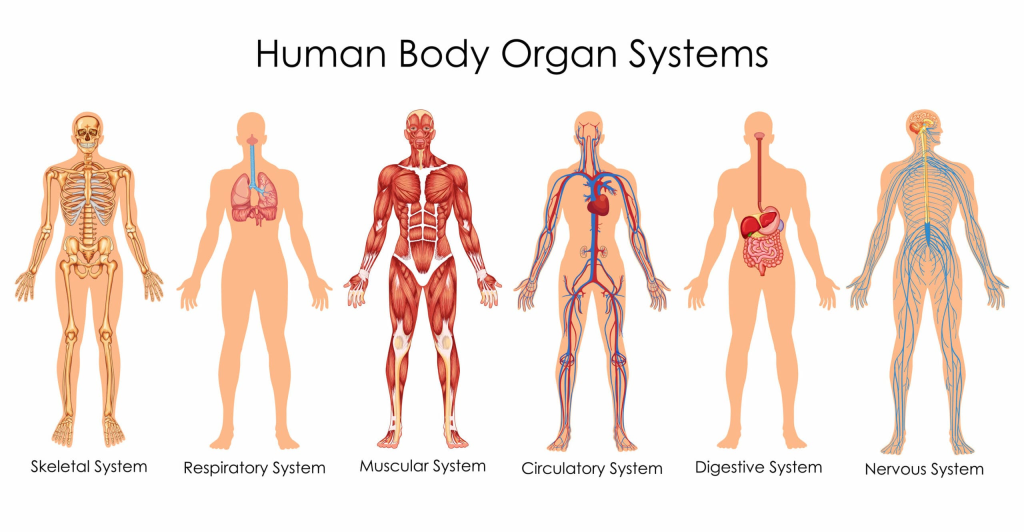
Circulatory system
Lymphatic system
Nervous system
Urinary system
Endocrine system
Respiratory system system)
Digestive system
Musculoskeletal system
Reproductive system etc… systems are present in the human body.
Note. All the above systems and their organs will be given in detail in each system.

FOR UNLOCK 🔓 FULL COURSE NOW. MORE DETAILS CALL US OR WATSAPP ON- 8485976407
To unlock the full course 🔓 or for more information, contact or whatsapp the following number.-
8485976407